Justice Elena Kagan has proposed that the Supreme Court consider reducing the number of significant cases on its emergency docket.
Kagan lamented the “relentless” filing of emergency appeals and told a group of judges in California, “Our summers used to be actually summers. We’ve gotten into a pattern where we’re doing too many of them.”
Caseload Explosion
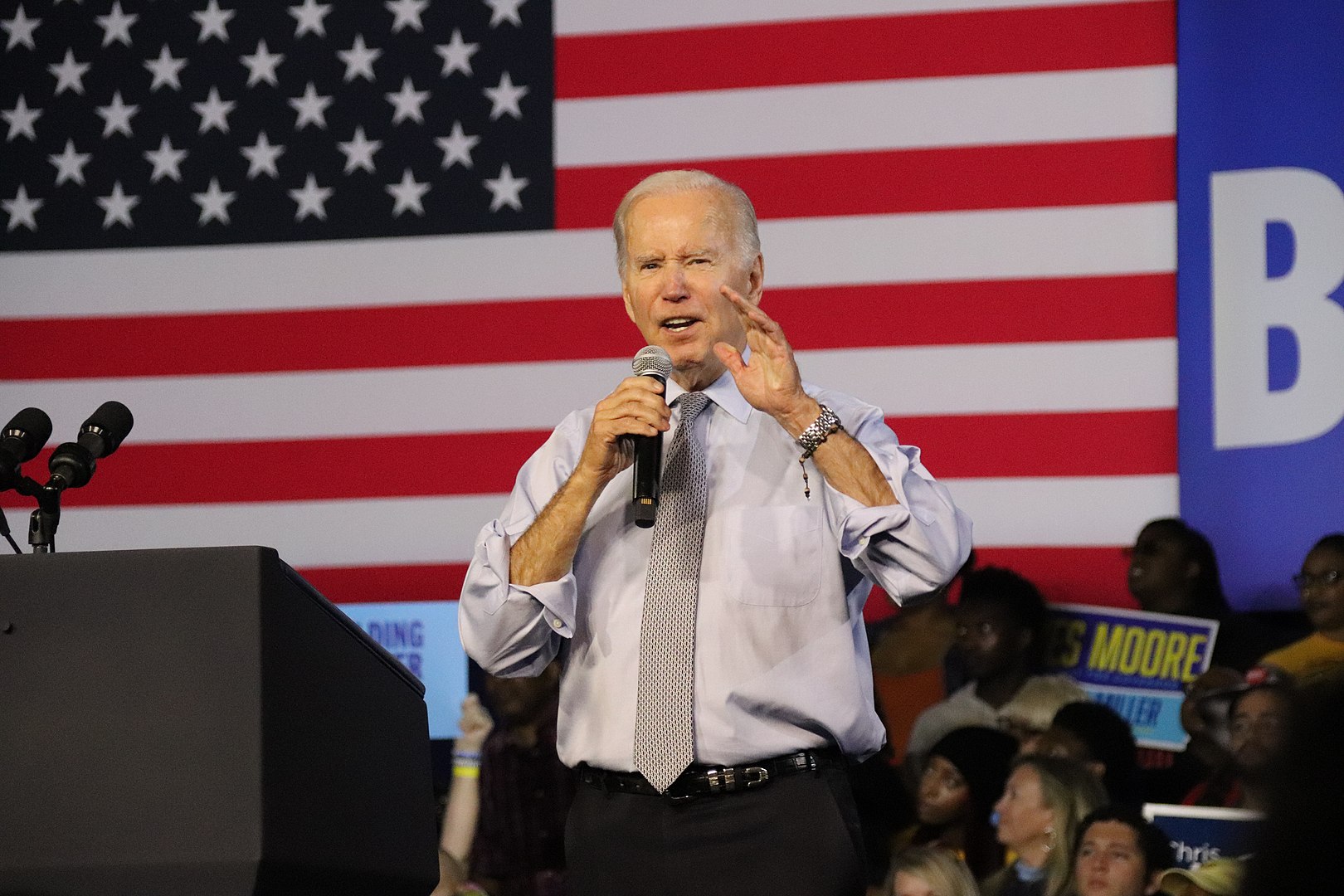
Since then, the emergency caseload for the Supreme Court has spiraled. A Republican-backed Arizona law that could have prevented thousands of voters from voting in the November presidential election or from mailing in their ballots was struck down by the court on Thursday.
The high court will likely address short-fuse challenges to President Joe Biden’s most recent efforts to limit power plant emissions and cut student debt in the coming days.
“Shadow Docket”
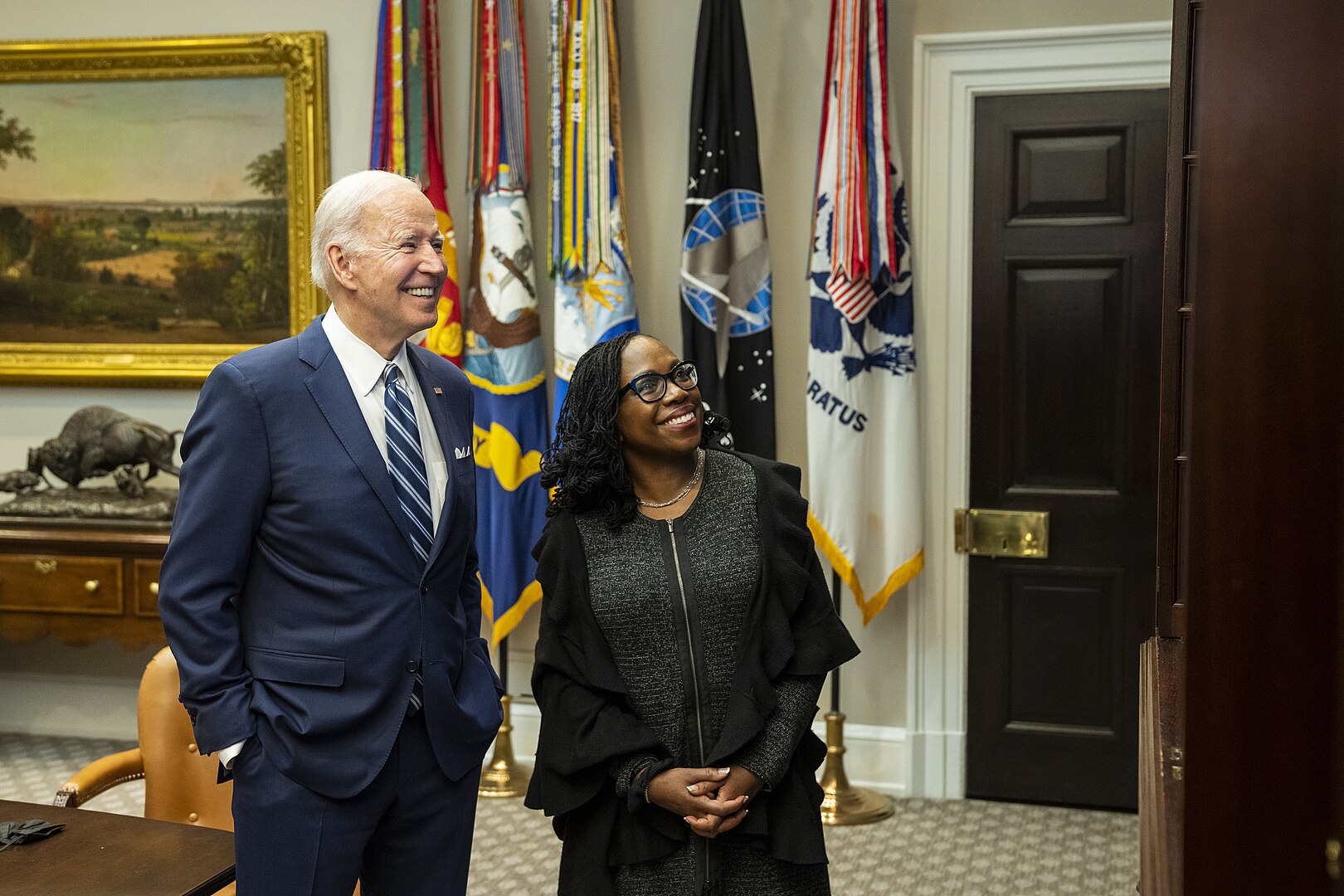
A dispute over Biden’s requirement that patients who request abortions be referred by family planning clinics that receive federal public health funding is also pending.
The court’s emergency docket, which critics refer to as the “shadow docket,” is where the justices deal with questions that need to be resolved more quickly than it takes on its regular docket to submit briefs, hear oral arguments, and draft formal opinions.
“Busier Summer”

Most of the time, the cases are about the specific question of what will happen during that underlying legal process. However, the orders may have significant and immediate repercussions in the real world.
Steve Vladeck, a CNN Supreme Court analyst and professor at the Georgetown University Law Center, stated, “There’s just no disputing that this has been a busier summer for emergency applications, both by volume and by significance, than any summer we’ve seen in a long time – if ever.”
Inviting Emergency Cases
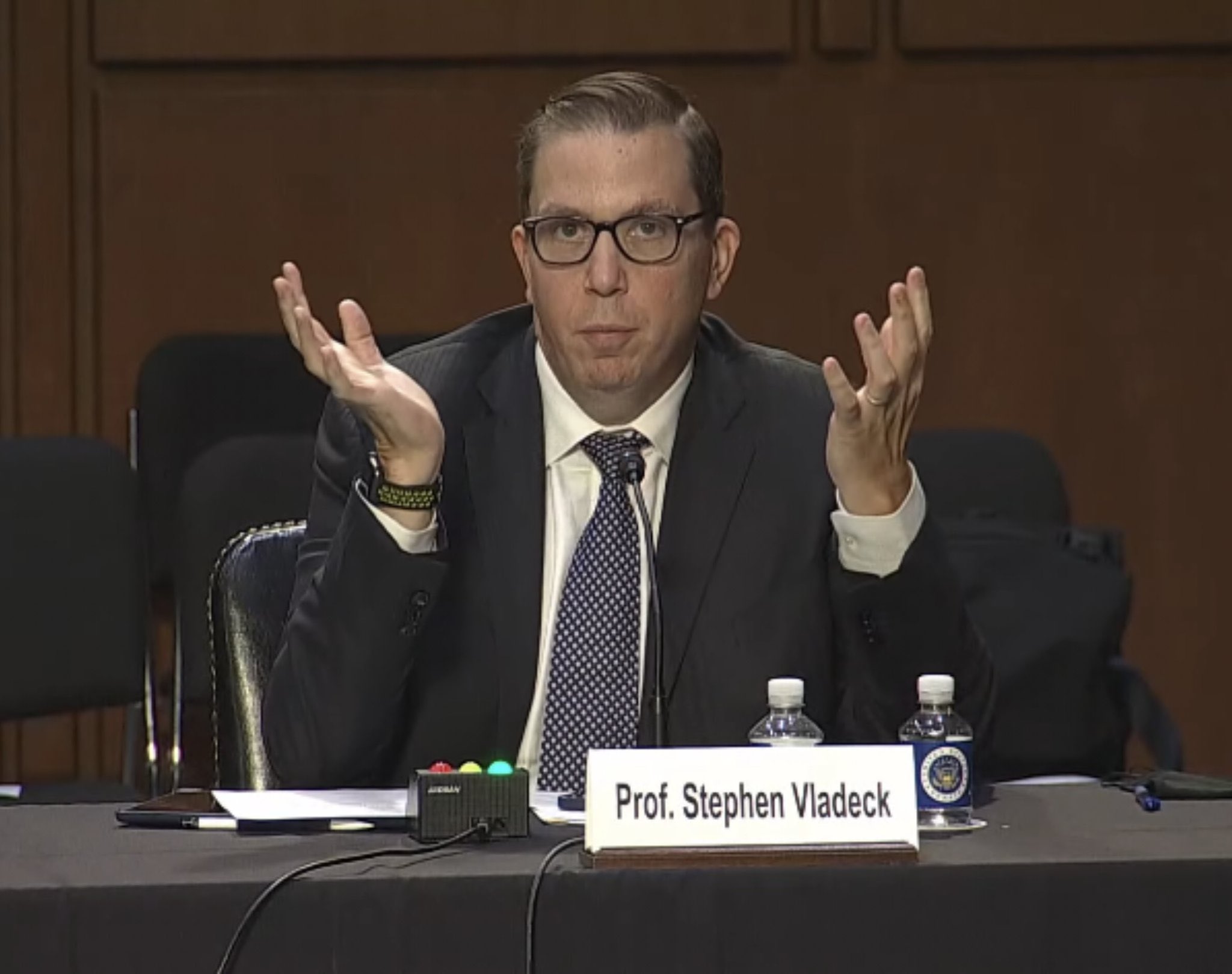
Vladeck claims that the court is essentially inviting these cases by issuing emergency rulings with greater impact.
He stated, “It seems pretty clear that there’s a disconnect between the justices’ public comments expressing concern and their behavior when these applications reach them. Given that the court continues to grant emergency relief in contexts in which it didn’t until recently – and given that there’s virtually no downside to seeking emergency relief – it’s effectively open season for aggressive lawyers.”
Similar Legal Questions

There are 18 emergency cases awaiting a decision, but 13 of them raise three very similar legal questions.
Vladeck asserts that even if no additional emergency applications are submitted this summer, the court is already on track to exceed its previous summer caseload, which included a number of contentious Covid-19-related cases in 2020.
Transgender Protections
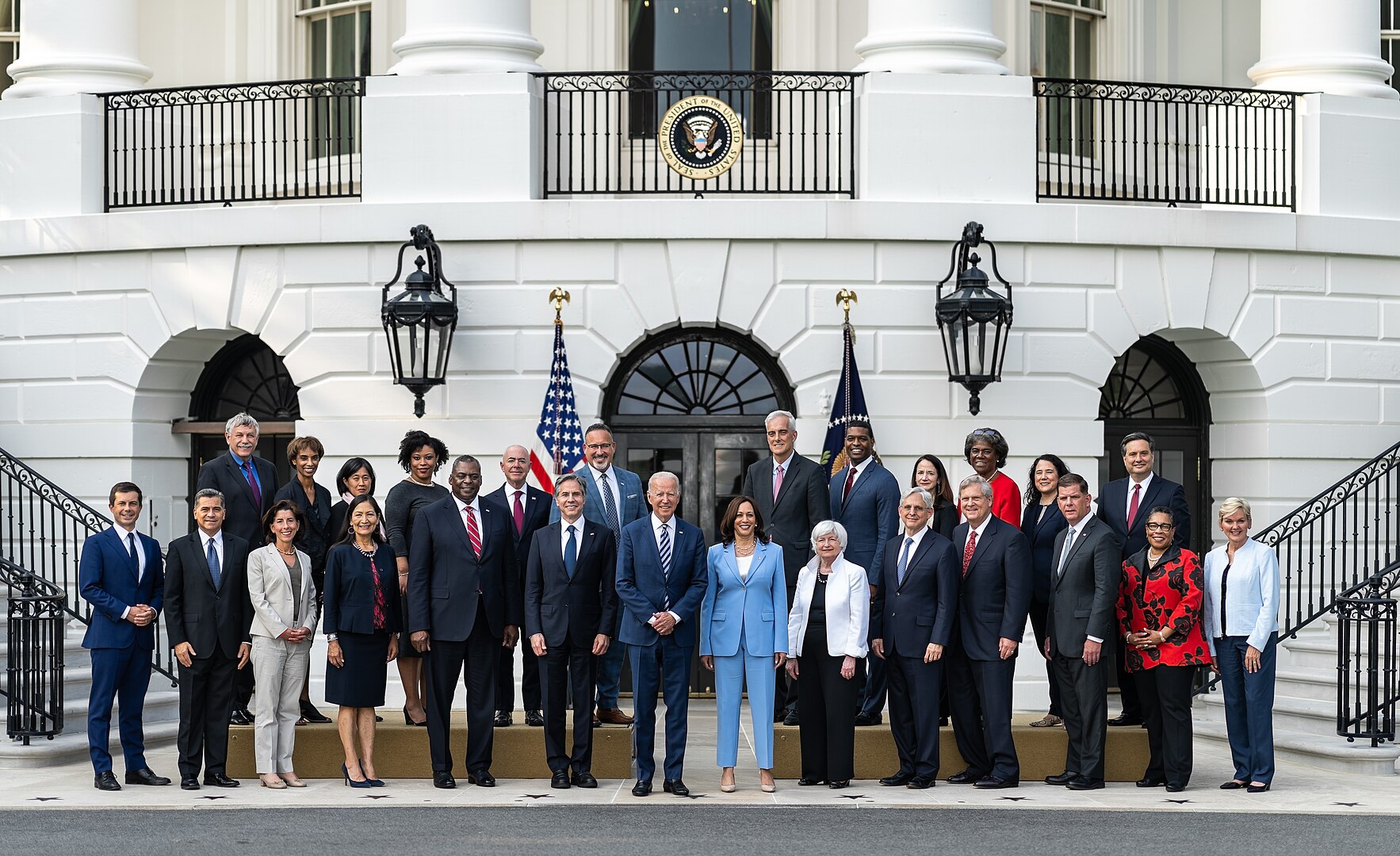
The justices blocked a proposal from the Biden administration to strengthen civil rights protections for transgender and pregnant students on Friday, issuing the court’s most recent emergency order. Ten conservative states are challenging the new rule, which would prohibit student gender identity discrimination.
The rule has been put on hold in roughly half of the country as a result of a number of lower-court decisions.
Increasing Confusion
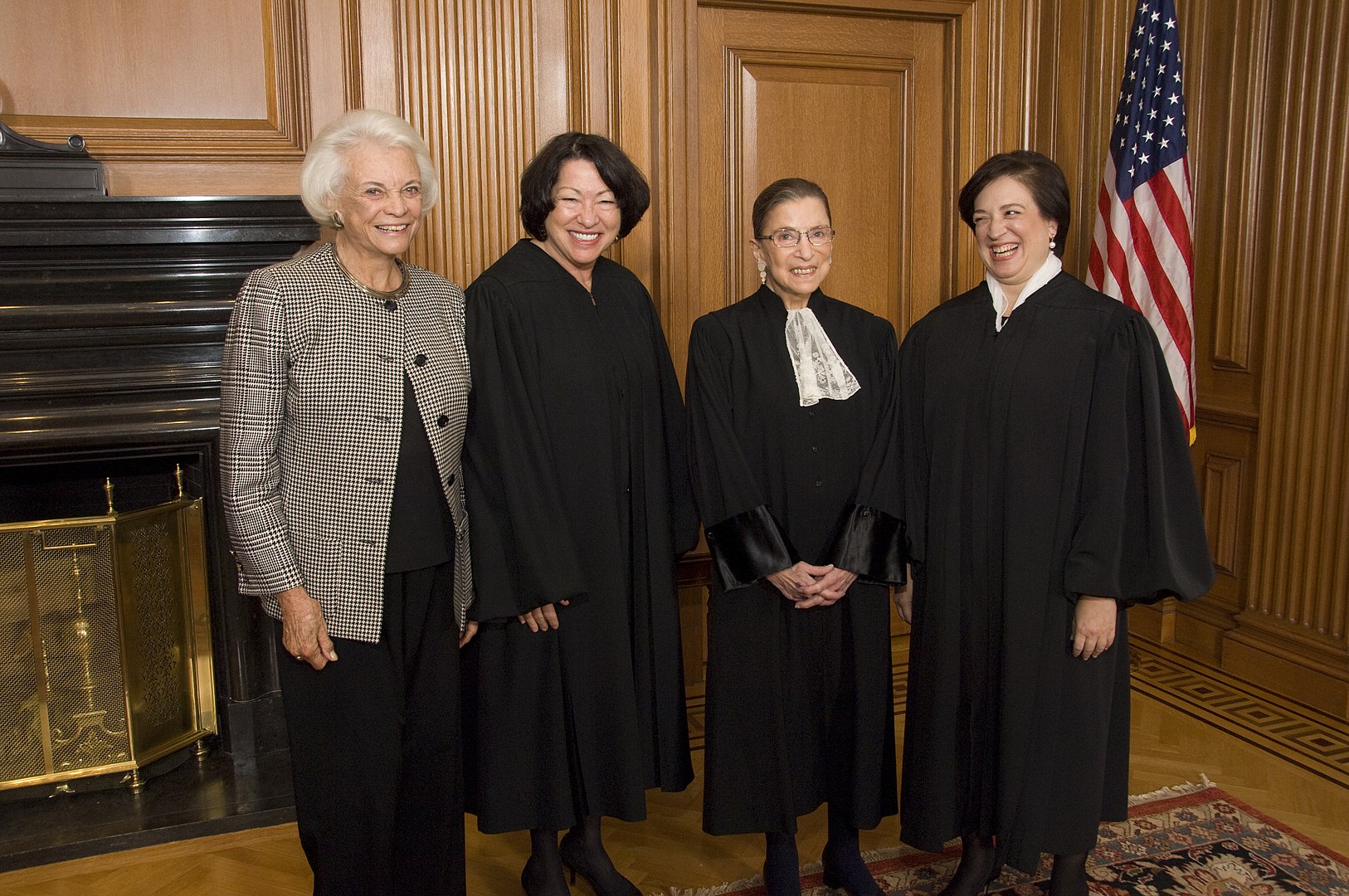
The Supreme Court’s inability to distinguish the contentious provisions from other provisions that were not directly challenged was explained in part in a brief, unsigned order explaining the reasoning behind that decision. However, critics claimed that the non-exhaustive, three-page opinion would likely only exacerbate confusion.
Senior liberal Justice Sonia Sotomayor wrote in a partial dissent joined by three others that the outcome “deprived” residents in the states that sued of “guidance related to their rights.” She called the ruling “overly broad.”
Mixed Signals
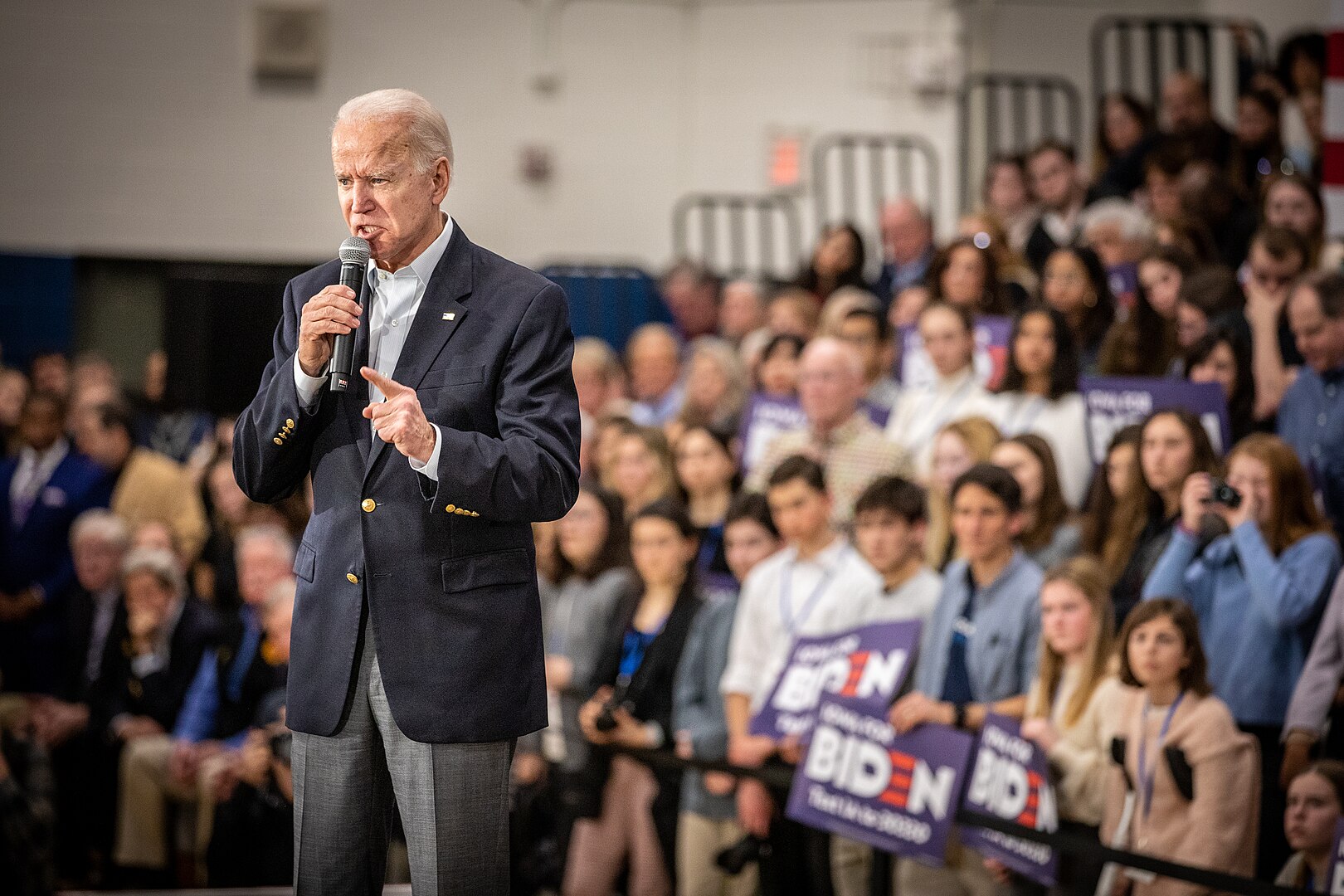
Just four months ago, the court appeared to send the opposite signal. The court allowed the state to temporarily enforce Idaho’s strict ban on gender-affirming care in a case. The exact argument that the court found to be unconvincing in the case of Biden’s rule was made by three conservative justices that lower courts had imposed a far more expansive order than was necessary.
The court has occasionally been slow to resolve the disagreements, perhaps underscoring the contentious and frequently politically contentious issues on the emergency docket this month.
Ruling Delays
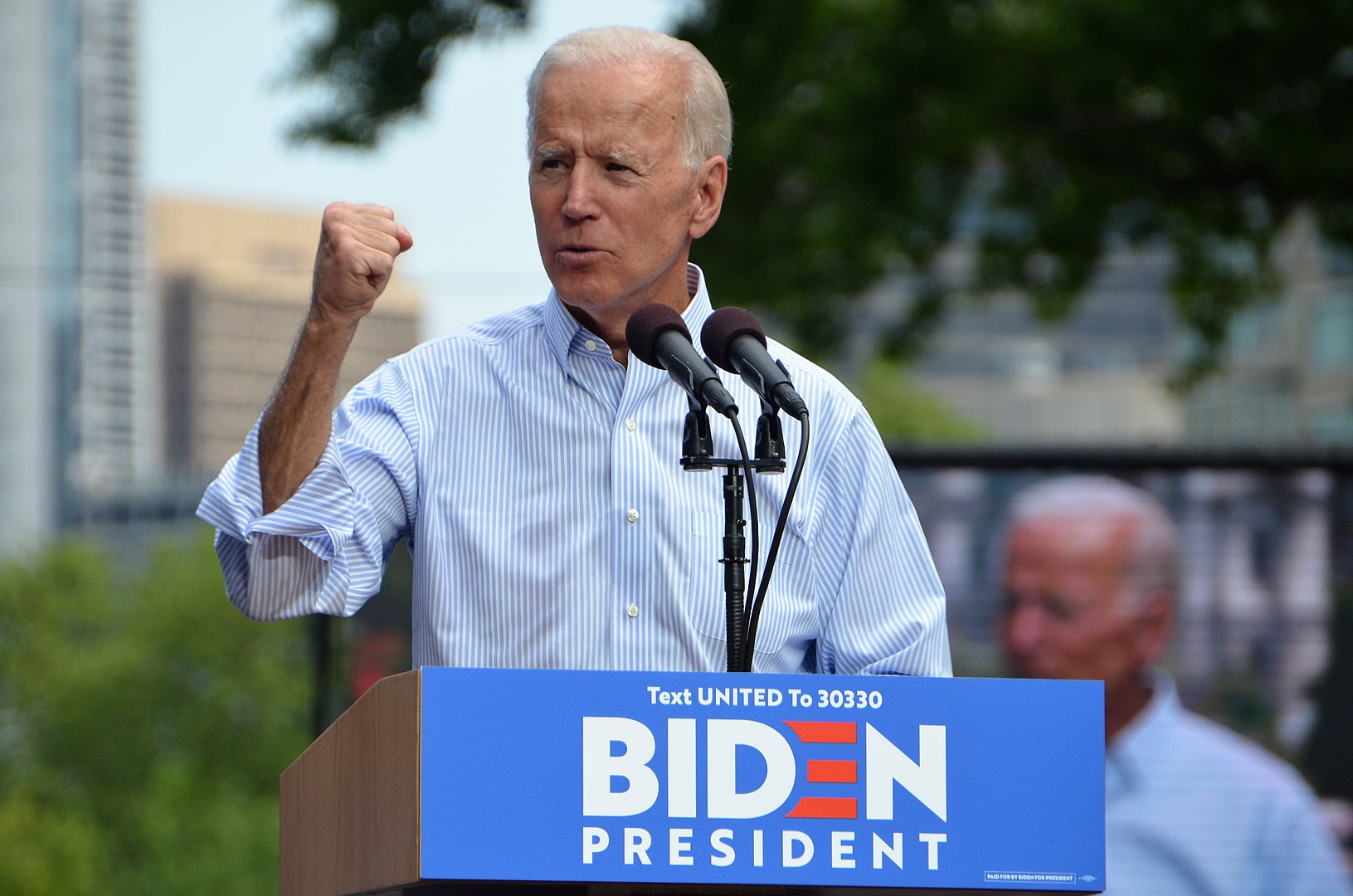
According to a CNN analysis, the court has needed about 20 days on average to resolve significant emergency cases, including those involving the death penalty. However, a recent emergency challenge to Biden’s transgender rule took the justices 25 days to resolve.
It’s been 29 days since West Virginia recorded the first of a few requests trying to end Biden’s power plant rules.
EPA and the Department of Education
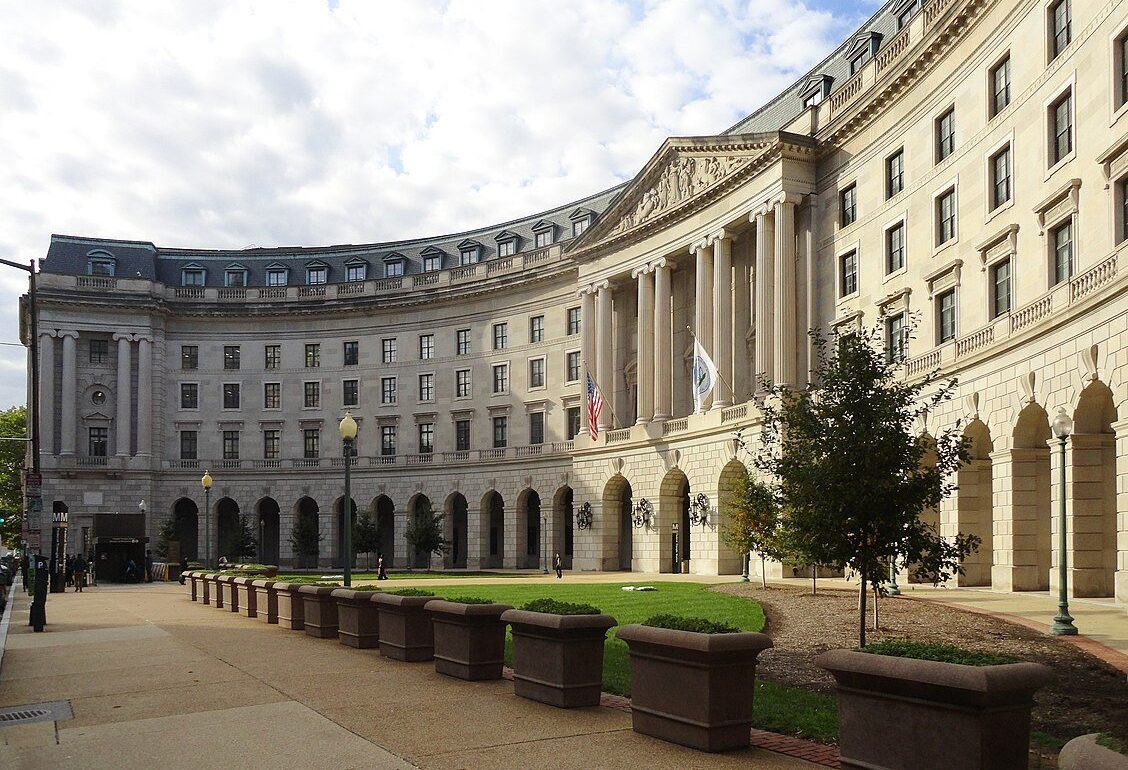
Conservative states and industry groups are challenging an Environmental Protection Agency rule that would force existing coal and new petroleum gas power plants to either cut or capture 90% of their environmental pollution by 2032. In that case, a decision could be made as soon as this week.
In the meantime, the Department of Education has asked the justices to lift a court order that is preventing Biden from implementing a plan to reduce monthly payments on student loans and speed up the process of forgiveness—a central promise of his 2020 presidential campaign. This decision could arrive as soon as this week.
Significant Cases
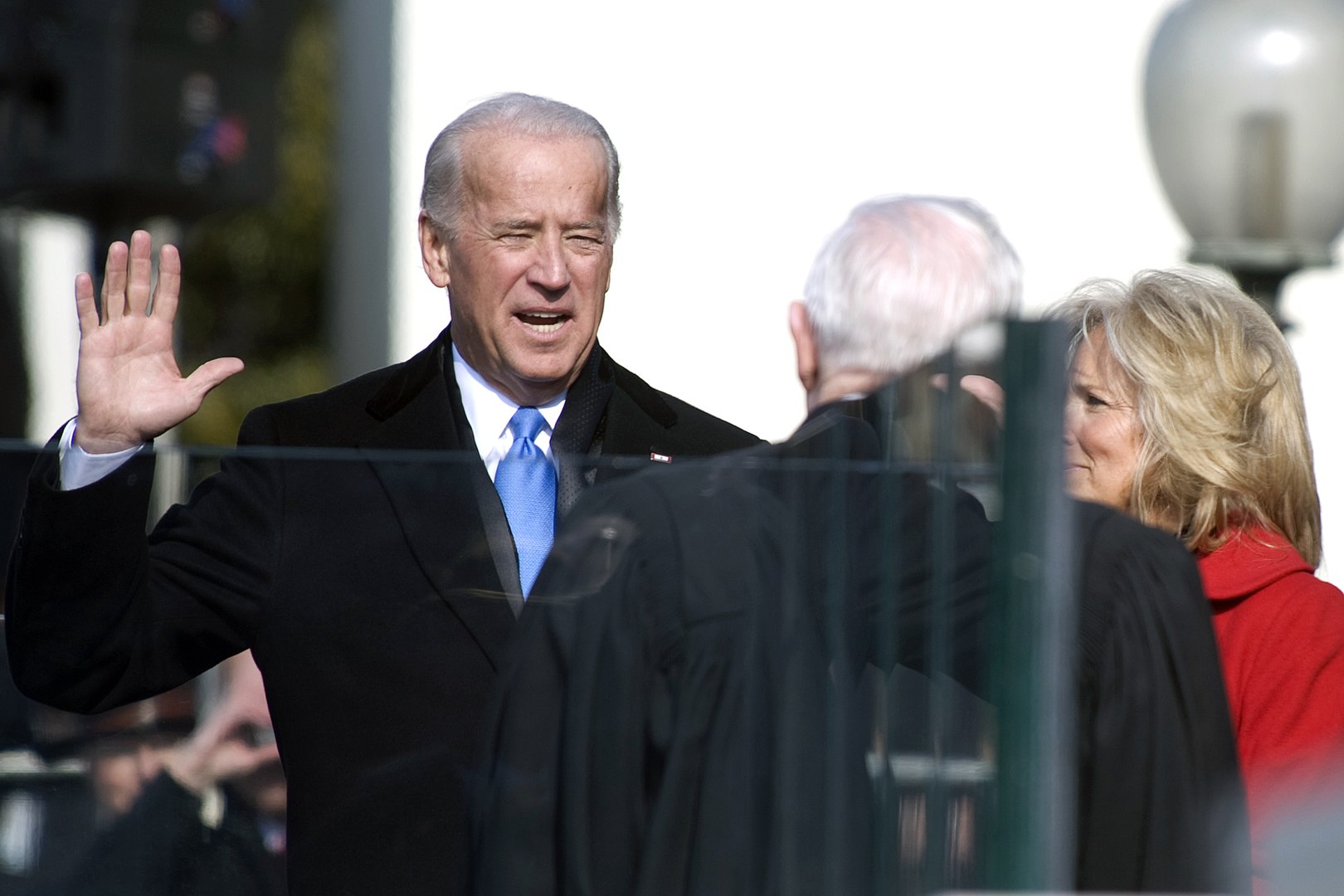
When the Supreme Court reconvenes in October for a new nine-month term to schedule arguments and issue formal opinions, it is possible that some of the pending disputes will be moved to its regular merits docket.
The emergency docket has been the source of some of the court’s most significant cases in recent years.
In June, for example, the court gave over a 5-4 choice ending a Biden climate rule planned to decrease smog and air contamination in a case that appeared on the shadow docket.
